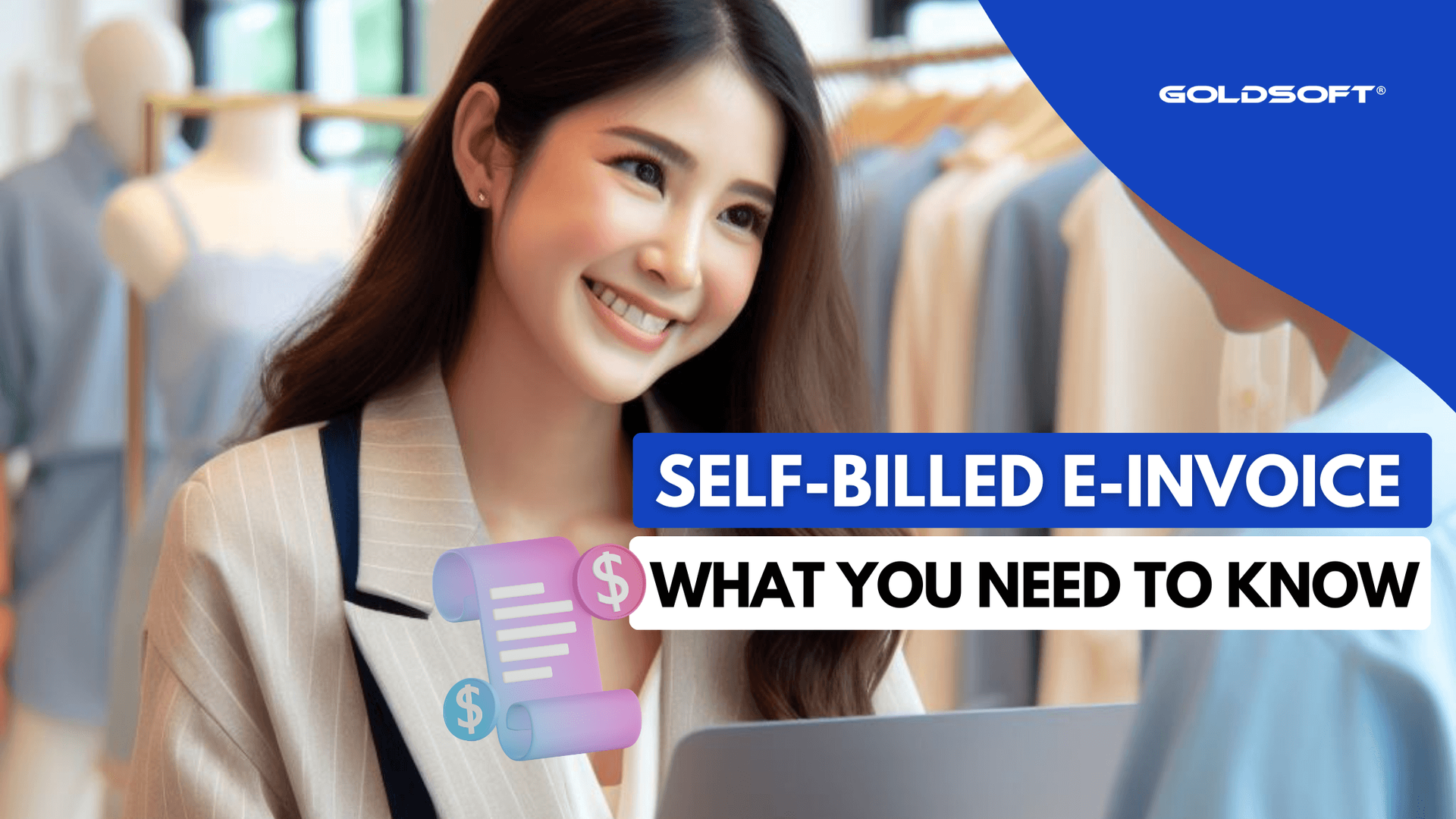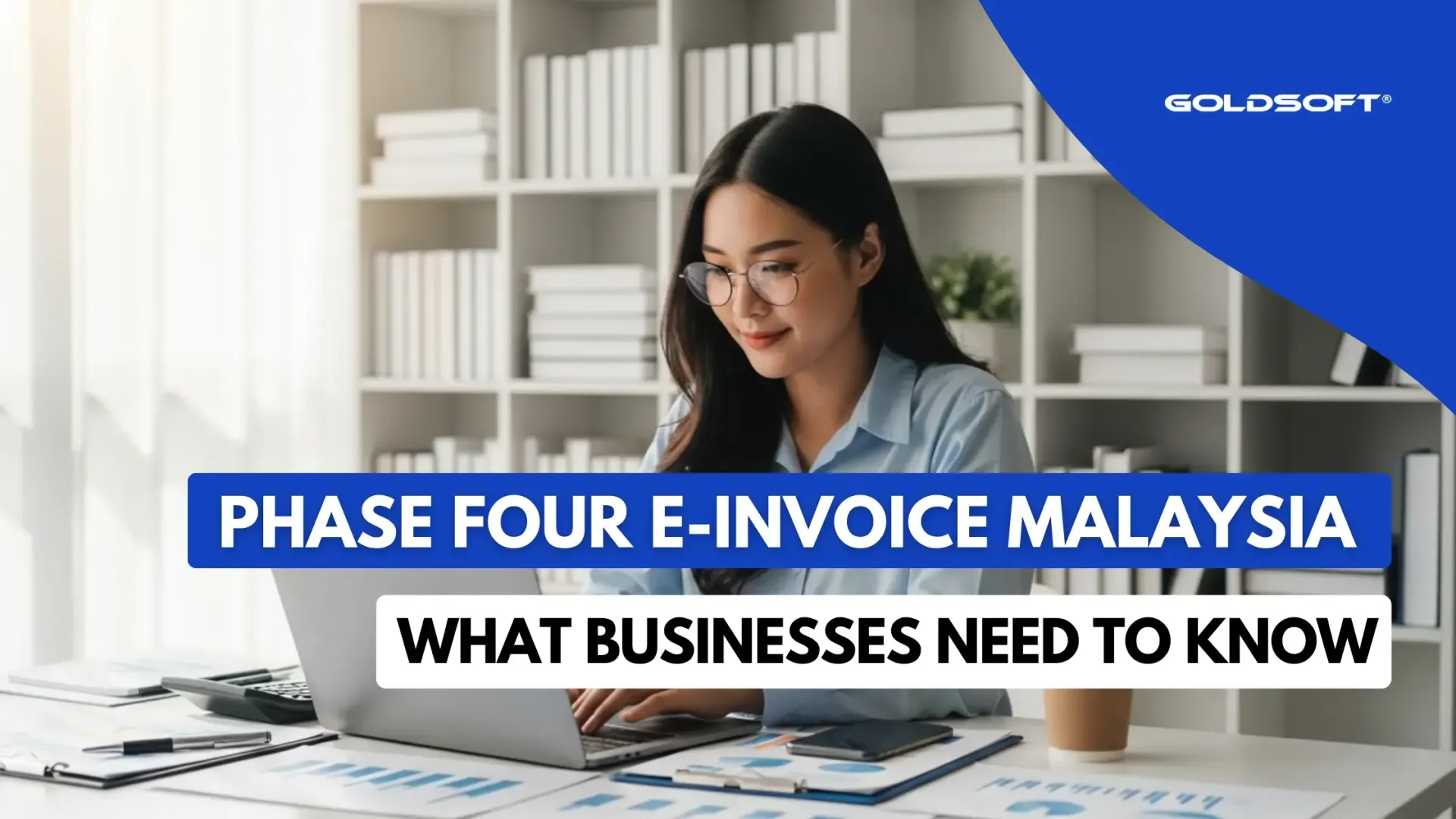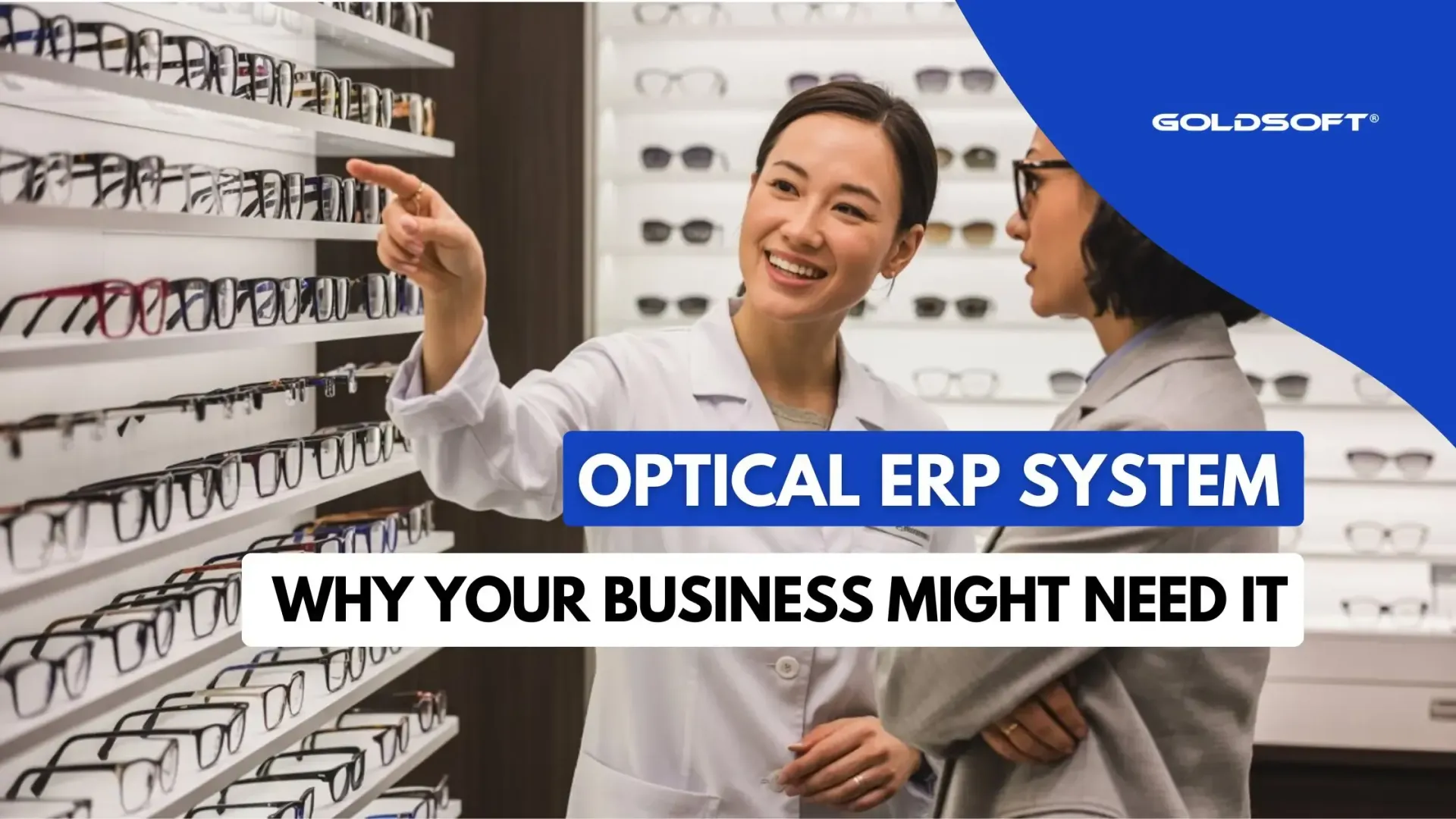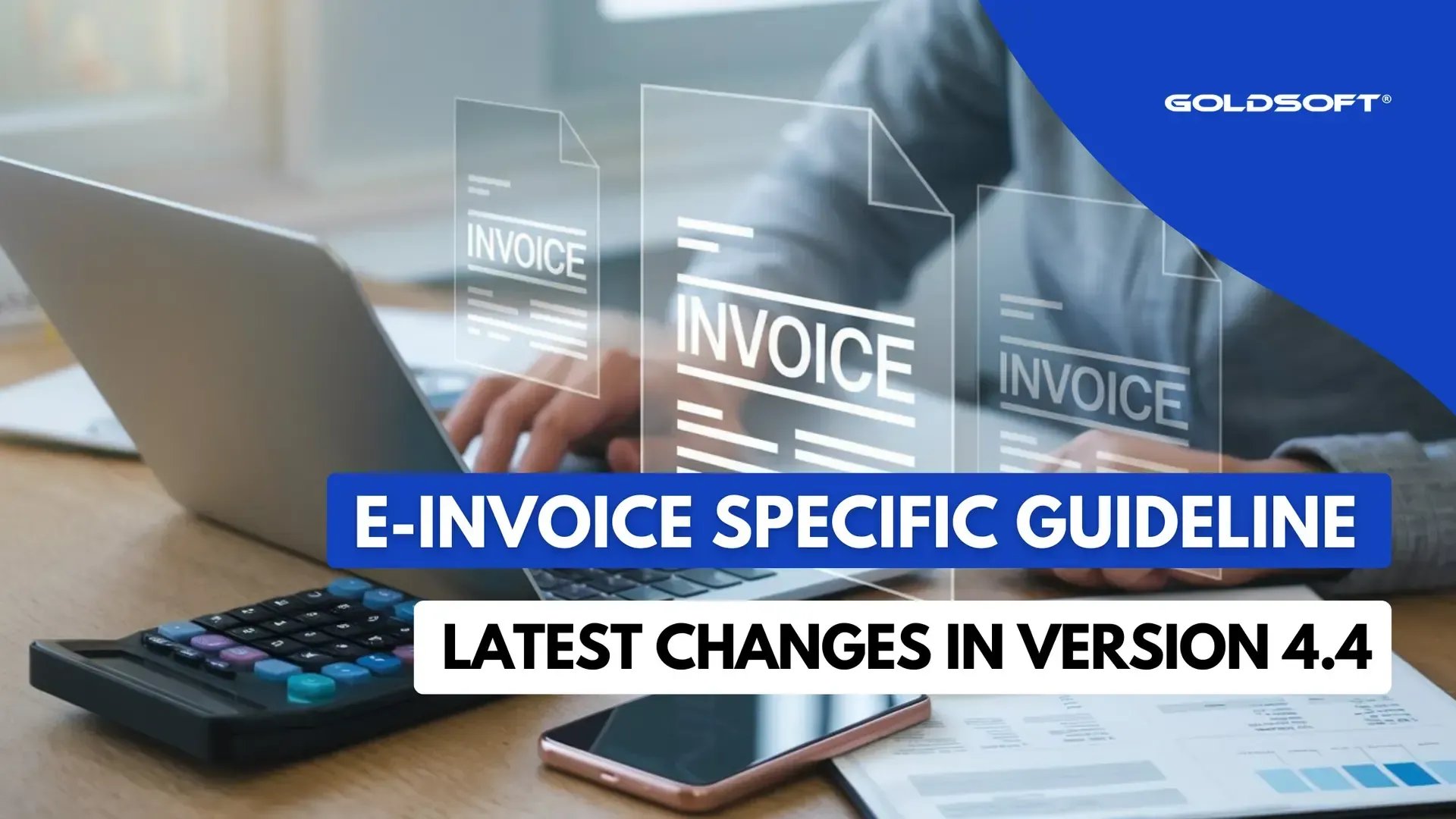Self-Billed e-Invoice: What You Need to Know
Improving Malaysia e-Invoice Accuracy and Compliance for Both Suppliers and Buyers

What is a Self-Billed e-Invoice?
In standard business e-invoice transactions, a supplier issues an invoice upon completing a sale. This document serves two key purposes: confirming the supplier's income and providing the buyer with a record for expense tracking. However, an exception exists for transactions with individual, unregistered sellers. In these scenarios, the buyer can create a self-billed e-Invoice on the supplier's behalf to document the purchase. This self-billed e-Invoice then requires validation by the Inland Revenue Board (LHDN) before it becomes a legitimate expense record for the buyer's taxes.
When is a Self-Billed e-Invoice Allowed?
A self-billed e-Invoice is generated by the buyer on behalf of the supplier, for specific types of transactions. This method is applicable in the following scenarios:
- Payment to agents, dealers, distributors, etc.
- Goods sold or services rendered by foreign suppliers and vice versa
- Profit distribution (e.g., dividend distribution)
- e-Commerce transactions
- Pay-out to all betting and gaming winners
- Acquisition of goods or services from individual taxpayers
What Parties Involved in Self-Billed e-Invoice?
For the purposes of self-billed e-Invoice, the parties of the e-Invoice are as follows:
| # | Transaction | Supplier | Buyer (Assumes the role of Supplier to issue self-billed e-Invoice) | Purpose |
|---|---|---|---|---|
| 1 | Payment to agents, dealers, distributors, etc | Agents, dealers, distributors, etc. | Taxpayer that makes the payment | Streamline transactions by having buyers issue e-invoices to intermediaries |
| 2 | Goods sold or services rendered by foreign suppliers | Foreign Seller | Malaysian Purchaser | Facilitate international trade by allowing buyers to handle invoicing |
| 3 | Profit distribution (e.g. dividend distribution) | Recipient of the distribution | Taxpayer that makes the distribution | Simplify the process of distributing profits. |
| 4 | e-Commerce | Merchant, service providers (e.g. driver, rider) | e-Commerce/ Intermediary platform | Enhance efficiency in online sales by allowing buyers to self-bill. |
| 5 | Pay-out to all betting and gaming winners | Recipient of the pay-out | Licensed betting and gaming provider | Ensure accurate record-keeping for winners' payments. |
| 6 | Acquisition of goods or services from individual taxpayers who are not conducting a business | Individual taxpayer providing goods or services | Person acquiring goods or services | Simplify transactions with individual service providers. |
Example 1: Issuance Self-Billed e-Invoice to Agents, Dealers or Distributors:
Upon concluding a sale or transaction, the Agent/ Dealer/ Distributor is eligible to receive a payment from the Seller (e.g., commission). The seller will need to issue a self-billed e-Invoice to Agent/ Dealer/ Distributor, recording the commission earned by Agent/ Dealer/ Distributor as proof of income and proof of expenses.

Ali works as a sales agent of Chère Automotive Sdn Bhd (CASB). On 22 June 2024, Ali sold a car (Schnell model) at a price of RM600,000 and earns a 20% commission on the sales he made. CASB issues a self-billed e-Invoice to Ali, recording the 20% commission earned by Ali as proof of income and proof of expense for CASB. Below is an example of a self-billed e-Invoice issued by CASB to Ali:
Conclusion
In summary, self-billed e-invoicing represents a significant advancement in financial management, offering streamlined processes for both businesses and individuals. It provides a seamless method to track income, document expenses, and adhere to LHDN's tax regulations.
With only 65 days left until the implementation deadline, understanding the dynamics and benefits of e-invoices is crucial. Understanding the eligibility criteria and benefits of e-invoicing empowers you to optimize your financial operations and maintain accurate records. Leveraging e-Invoicing solutions like Goldsoft further facilitates this transition, smoothing the path toward Malaysia e-invoicing compliance and efficiency.
How Goldsoft can help you:
-
Option 1: Malaysia e-Invoice Ready ERP SolutionList Item 1
This solution direct integration of Goldsoft ERP with MyInvois System:
1. e-Invoices are generated in Goldsoft's ERP system and sent directly to the LHDN MyInvois System for validation. Once validated, embedded with a QR code containing the validation link, send to the client company.
2. This integration streamlines invoicing, reduces manual effort, minimizes errors, and ensures smoother transactions with the same vendor.
3. Client company is able to track and monitor e-invoice submissions, validation, and statuses in real-time.
4. Ideal for Malaysian retail and trading distribution companies needing e-invoice compliance system.
-
Option 2: Malaysia e-Invoice Middleware Solution
This solution uses Goldsoft as middleware to connect client's existing software to the e-Invoicing network:
1. Clients can continue using their existing ERP/accounting system.
2. Enable client company to send e-invoices, using your existing ERP/accounting software, Goldsoft as a service provider to convert documents to standard specifications (XML/JSON) and send it to LHDN for validation. Once validated, embedded with a QR code containing the validation link, send to client company.
3. Client company is able to track and monitor e-invoice submissions, validations, and statuses in real-time.
4. Ideal for all Malaysian industries needing e-invoice compliance via API.
For more information about Goldsoft e-Invoice Ready ERP/ e-Invoice Middleware, please do not hesitate to contact Goldsoft's sales team at 03-2732 8833 or fill up the form below for enquiry.
Contact Us
Share
Recent Articles





